Could Technology and Innovation in Agriculture Feed the World?
Technology innovation in agriculture can play a vital role in feeding a growing world population, but only if we let it.
Read moreTechnology innovation in agriculture can play a vital role in feeding a growing world population, but only if we let it.
Read moreThe Association of Equipment Manufactures’ (AEM) Celebration of Modern Agriculture showcased the latest developments in equipment technology, in-field conservation practices, plant genetics, bioproducts, and more.
Read moreThe November issue of British publication Innovations in Food Technology features an opinion piece by David Green, Executive Director of the U.S. Sustainability Alliance. He highlights the urgent need for […]
Read moreHow will we feed a human population that will triple in our lifetime without depleting the world’s natural resources? The 2019 Borlaug CAST Communication Award* winner Dr. Frank Mitloehner, a […]
Read moreThe U.S. food and agriculture system’s sustainability, competitiveness, and resilience can be increased further by convergent advances in data and material science, information technology and many other fields. These are […]
Read moreNate Hultgren, a fourth generation farmer in central Minnesota takes sustainable agriculture personally. To Nate and his brother, it’s a familial responsibility, a duty to their consumers and an obligation […]
Read moreContinued innovation in plant breeding is essential to provide greater quantities of nutritious, sustainable crops that will feed a growing world and benefit ecosystems. The Council for Agricultural Science and […]
Read more
Technology innovation in agriculture can play a vital role in feeding a growing world population, but only if we let it.
Read more
The Association of Equipment Manufactures' (AEM) Celebration of Modern Agriculture showcased the latest developments in equipment technology, in-field conservation practices, plant genetics, bioproducts, and more.
Read more
The November issue of British publication Innovations in Food Technology features an opinion piece by David Green, Executive Director of the U.S. Sustainability Alliance. He highlights the urgent need for […]
Read more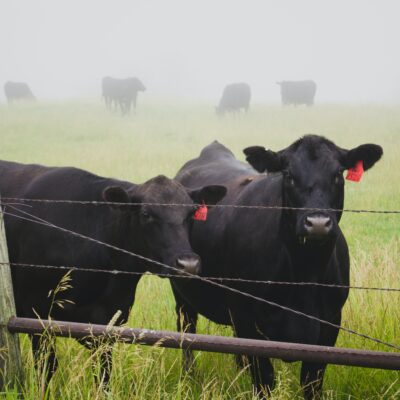
How will we feed a human population that will triple in our lifetime without depleting the world’s natural resources? The 2019 Borlaug CAST Communication Award* winner Dr. Frank Mitloehner, a […]
Read more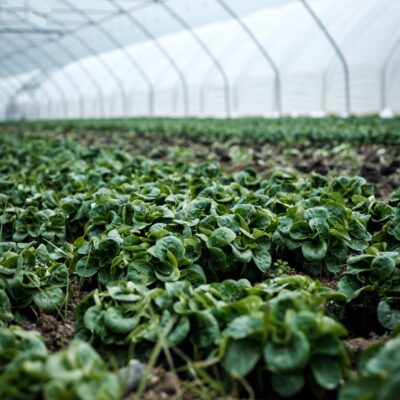
The U.S. food and agriculture system’s sustainability, competitiveness, and resilience can be increased further by convergent advances in data and material science, information technology and many other fields. These are […]
Read more
Nate Hultgren, a fourth generation farmer in central Minnesota takes sustainable agriculture personally. To Nate and his brother, it’s a familial responsibility, a duty to their consumers and an obligation […]
Read more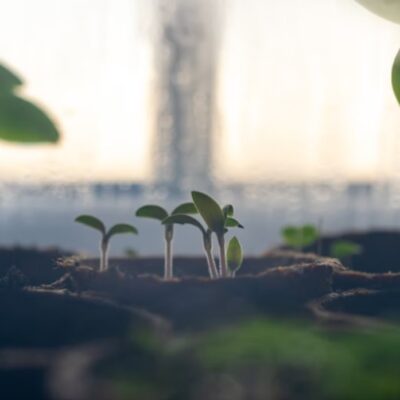
Continued innovation in plant breeding is essential to provide greater quantities of nutritious, sustainable crops that will feed a growing world and benefit ecosystems. The Council for Agricultural Science and […]
Read more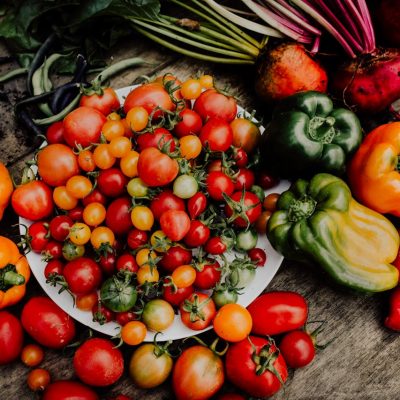
Farmers are under increasing pressure due to climate change, global conflicts, and trade disruptions. However, advances in plant breeding offer hope, writes Andy LaVigne, the President and CEO of the American Seed Trade Association (ASTA).
Read more
Tarik Eluri, sustainability manager at the U.S. Soybean Export Council (USSEC), a founding member of the U.S. Sustainability Alliance (USSA), recently discussed U.S. sustainable agriculture with Spain’s Fundación Antama – a non-profit that promotes new technologies for agrifood and the environment. The conversation focused on USSA’s mission and the U.S. soy industry, including the evolution of sustainability and the role of innovation.
Read more
In a landmark move, the U.S. Food and Drug Administration (FDA) has approved Bovaer® - a feed ingredient that reduces enteric methane emissions from dairy cows - for use in the United States. What are the implications?
Read more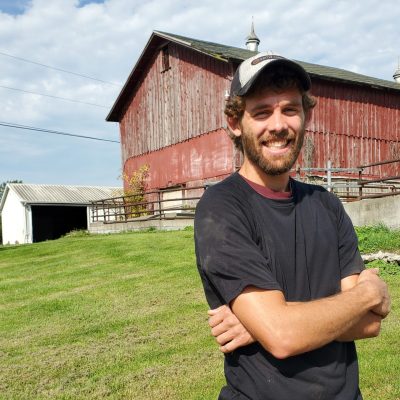
To mark National Dairy Month, we visit a New York dairy farm to look at some of the advances that have led to these improvements. Meet the Beck Brothers, the stars of a new TV documentary!
Read more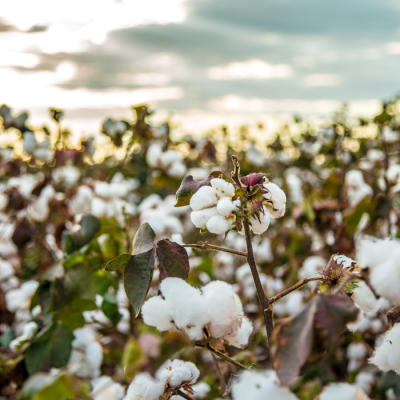
An update on the Trust Protocol over the past 12 months. The report covers grower participation and progress across key sustainability metrics, from resource efficiency to soil health
Download now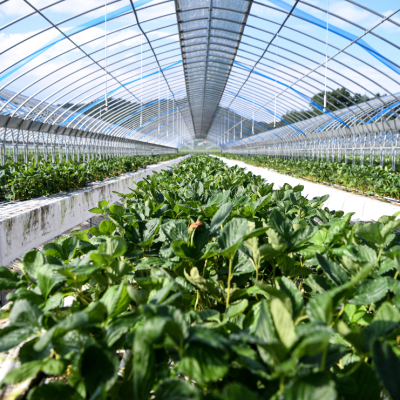
An update on the success of USDA’s Partnerships for Climate-Smart Commodities initiative, which aims to expand market opportunities for commodities produced using climate-smart practices
Download now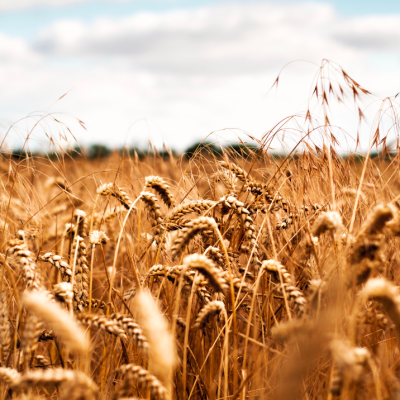
An analysis of trends in agricultural total factor productivity (TFP) - a measure of how efficiently agricultural resources and inputs are used to produce output. It includes key obstacles to TFP growth and effective solutions.
Download now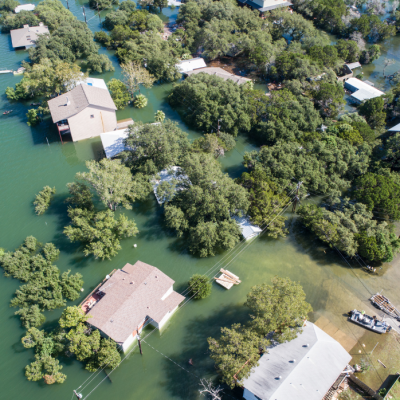
Climate Change Indicators in the United States, the fifth edition of a report first published by EPA in 2010, examines the ongoing impact of climate change on the United States. It provides insights into the scale and significance of these changes and their potential consequences for people, the environment, and society.
Download now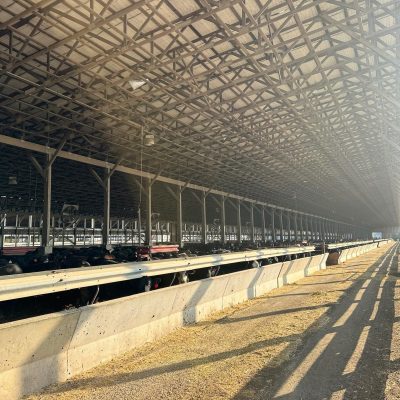
Sievers Family Farms in Iowa is one of a growing number of farms using manure-based anaerobic digesters. These digesters convert farm waste into valuable byproducts, such as renewable electricity and fertilizer, while reducing greenhouse gas emissions.
Read more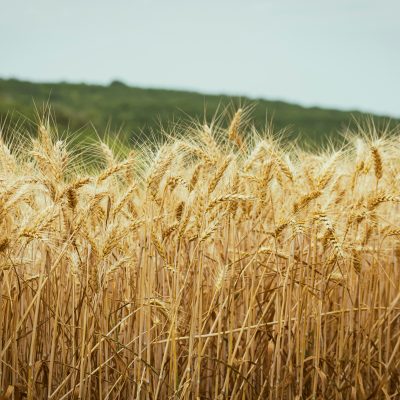
In this issue, we share the findings of the 2024 Global Agricultural Productivity Report (The GAP Report) by Virginia Tech. The report warns of sluggish productivity growth, highlighting the urgent need to bridge the gap between technology development and farmer adoption.
Read more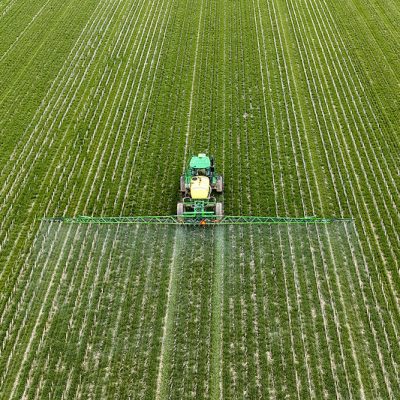
In response to shifting weather patterns and more severe extreme weather events, the U.S. Department of Agriculture (USDA) is stepping up its efforts to help American producers fight climate change.
Read more
In mid-October, the U.S. Sustainability Alliance (USSA) hosted three European Union (EU) officials for a Climate Smart Agriculture mission to the United States. The mission aimed to enhance understanding of U.S. conservation programs and highlight U.S. leadership in agricultural sustainability.
Read more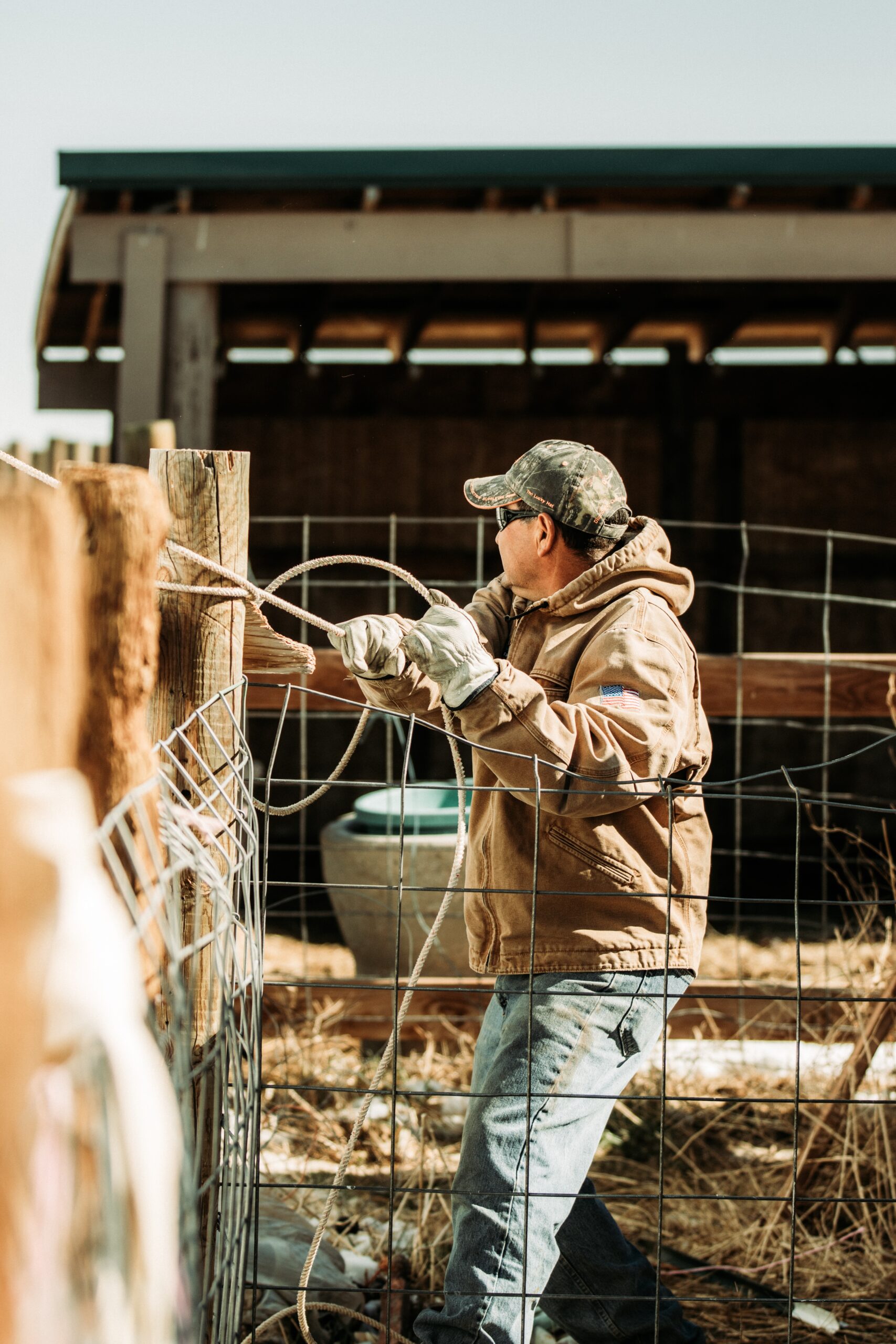
Whilst the USSA members work to exceed regulatory requirement, U.S. laws and regulations provide a robust framework, developed over many years, to ensure and promote the sustainability of its crop, livestock, seafood and forestry sectors. The policies look to immediate impacts on the environment and beyond to cover topics from employment to biodiversity to endangered species. The following pages provide context and an introduction to key federal legislation.

Focused on conservation and environmental stewardship, the USDA, working with The Natural Resources Conservation Service on technical assessment and the Farm Service Agency for enforcements, uses grant management to deliver best practice. A particular focus is on erodible lands and wetlands, with ‘sodbuster’ and ‘swampbuster’ rules, requires presentation of conservation strategies prior to conversion of lands to agricultural use. One result, that soil loss has been halved since 1982.
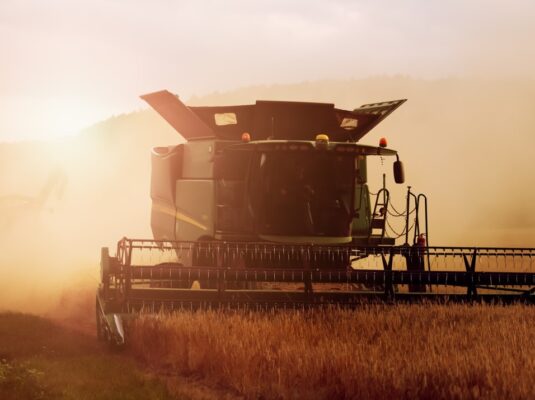
The U.S. recognizes that sustainability has many facets and action is required in explicit areas. This has resulted in the enactment of a wide range of laws from the Clean Water Act and Clean Air Act to the Endangered Species Act, to research and regulatory action on Insecticides and Fungicides and Rodenticide Act; and, with the Lacey Act a focus on illegal trafficking of plants, fish and animals.

In the latest episode of This is U.S. Sustainability, we hear from two multi-generational farmers – an eleventh-generation grains farmer from Maryland and the owner of a centennial cattle farm in Louisiana – about how they have moved with the times while staying true to their roots. We cover rotational grazing, no-till cultivation, water conservation, biotech seeds, and more. And we discuss why going back to the natural cycle is sometimes the best approach.
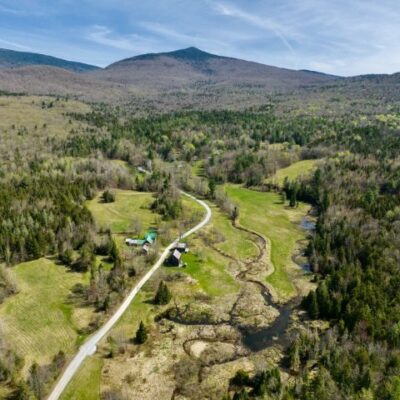
Tune in to the latest episode of This is U.S. Sustainability to hear how Paul Catanzaro and Professor Tony D’Amato work together to reach family forest owners and ensure they have the information and resources to make the right decisions about their land. And learn about the vital role Tim Stout, a Vermont landowner, plays in amplifying their message.

Tune in for the lowdown on the innovative, often surprising ways the almond industry and the wider food sector are reducing waste. Jet fuel, beer, water filters and peat moss to grow mushrooms – these are just some of the many applications in use and under development.
Hear directly from noted seafood chef and author Barton Seaver about the sustainability of the American lobster industry.
Watch nowThe new Rewind documentary series from Real Leather Stay Different. aims to provide some balance in the debate about the use of our land, fast fashion and our future.
Watch nowThis video highlights the emphasis on sustainability by the U.S. beef industry. Watch this story of beef farmers’ and ranchers’ multi-generational commitment to the environment with buyers and consumers around the world.
Watch nowBefore you leave, please consider taking our survey.
We want to find out how you think the U.S. is performing in terms of sustainability, what you’re interested in finding out more about, and where you think we should focus our resources.
Your views will help shape the future and ensure we deliver key insights on the most important issues to our site visitors.
Take our survey